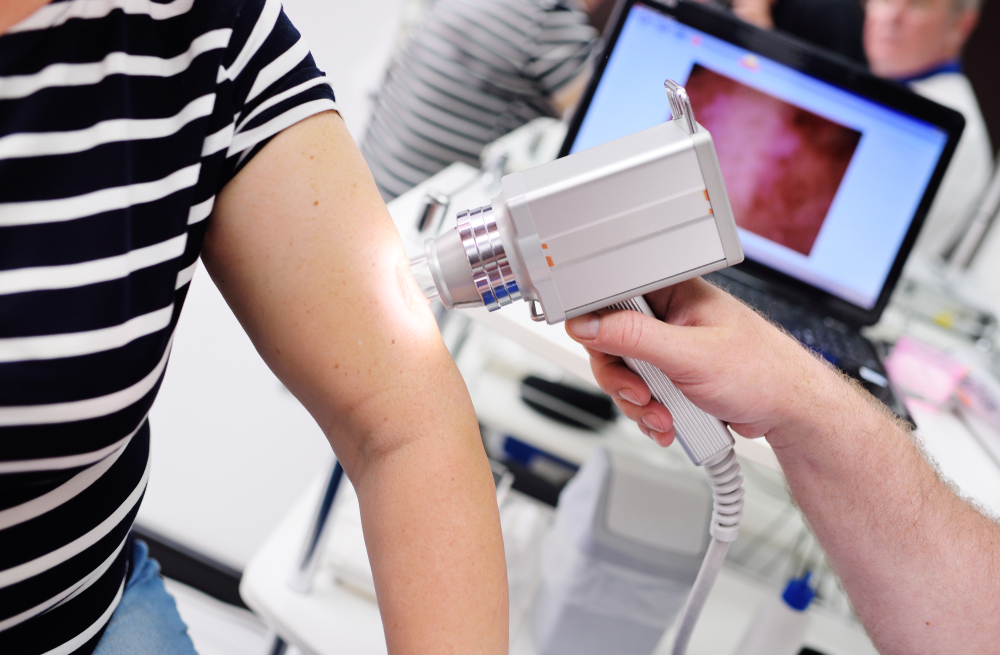Researchers from the University of Queensland have discovered that thanks to a bacterial enzyme in their gut the Zophobas morio “superworm” can eat through polystyrene plastic. This is the main compound of Styrofoam.
Over a three-week period, the research team fed these “superworms” different diets including polystyrene, bran, and some fasting diets.
“We found the superworms fed a diet of just polystyrene not only survived but even had marginal weight gains,” says Chris Rinke, senior lecturer in the School of Chemistry and Molecular Biosciences at the University of Queensland. “This suggests the worms can derive energy from the polystyrene, most likely with the help of their gut microbes.”
Using metagenomics, the researchers found several enzymes in the worms encoded with the ability to degrade polystyrene. This has inspired long-term ambitions to engineer the enzymes for use in recycling plants.
“Superworms are like mini-recycling plants, shredding the polystyrene with their mouths and then feeding it to the bacteria in their gut,” Rinke says. “The breakdown products from this reaction can then be used by other microbes to create high-value compounds such as bioplastics.”
The research team hopes that this will encourage further development of plastic and waste recycling with more efficient methods.
Source Study: Microbiology Society — Insights into plastic biodegradation: community composition and functional capabilities of the superworm (Zophobas morio) microbiome in styrofoam feeding trials | Microbiology Society (microbiologyresearch.org)












